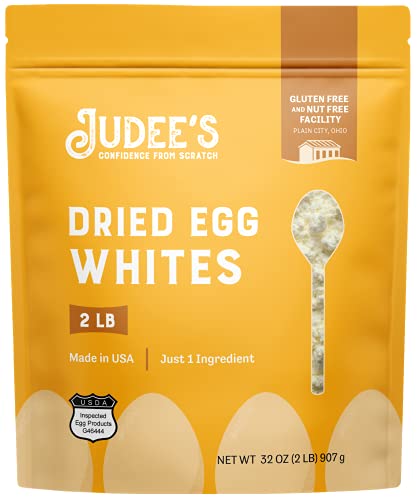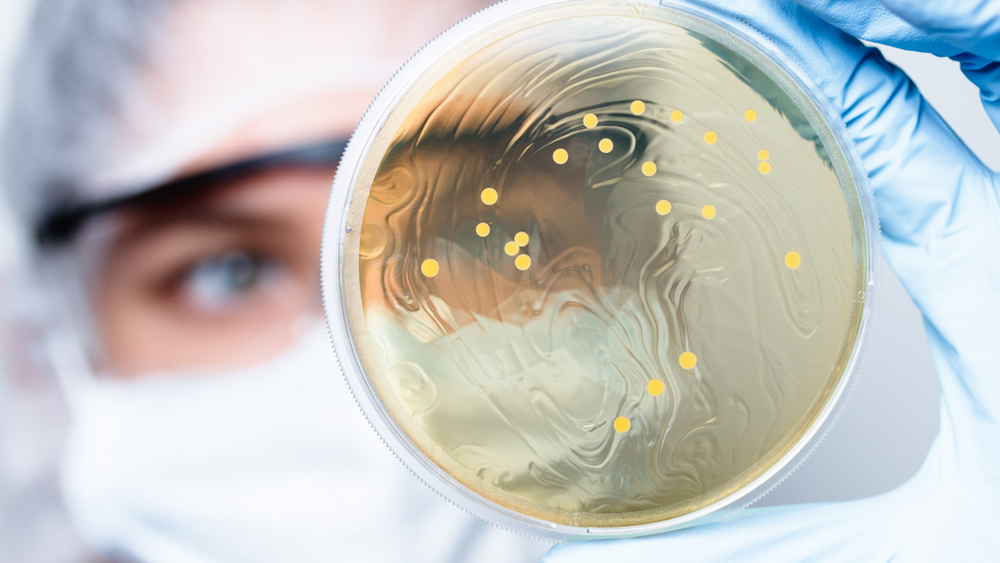Understanding Testosterone and Its Role in Gut Health
Testosterone is known as the male hormone – as it is responsible for male fertility and produces male secondary sexual characteristics (facial hair growth, deep voice, etc.). Testosterone is also linked to muscle building, mood, and libido. Testosterone deficiency is a common occurrence in middle-aged and older men and is thought to have a global prevalence of as high as 40%.
Symptoms of low testosterone present in a multitude of health problems, including:
- Diminished libido
- Erectile dysfunction
- Poor concentration
- Depression
- Weight gain
- Fatigue
To counter low testosterone levels, testosterone replacement therapy (TRT) has become common, especially in the US.
The Vital Link Between Testosterone and Gut Function
One overlooked function of testosterone is its relationship to gut function. Testosterone levels have been linked to two outcomes that could impact gut health: 1. fighting inflammation in the gut and 2. the composition of the gut microbiome.
Testosterone: quenching gut-inflammation
Testosterone plays an important anti-inflammatory role in the gut. This is a good thing, as inflammation-induced activation of immune cells in the gut can lead to gastritis, an inflammation of the gut. Gastritis can produce symptoms of indigestion, nausea, and vomiting. Compelling data from animal studies indicates that testosterone protects against gastritis.
Exploring Testosterone’s Impact on Gut Microbiome Composition
The composition of your gut microbiome is a critical facet of overall health, specifically gastrointestinal health. Foodguides’ expert contributors have extolled the benefits of a healthy gut microbiome in several past articles, including an introduction to the gut microbiome and the gut microbiome and disease development.
Testosterone affects the development of the gut microbiome, and there are profound differences between the sexes in the gut microbiota composition. For instance, women have a relatively higher number of gut bacteria than men (the ratio of bacteria to human cells is 2.2 in women, 1.3 in men)! In addition to having more bacteria in their gut microbiome, women also tend to have a greater diversity of bacterial species, including a higher ratio of Firmicutes to Bacteroidetes, which is generally considered a healthier trait.
The relationship of testosterone to the gut microbiome is a bit of a chicken-and-egg puzzle. While testosterone levels affect the gut microbiota, there is also evidence that the gut microbiota regulates testosterone metabolism.
Looking Ahead: Investigating GI Health Outcomes and Treatment Options
So- we know testosterone plays a vital role in gut function, and there are significant sex differences in inflammatory issues and the composition of the gut microbiome due to the presence or absence of testosterone. But how does this affect GI health outcomes? And can people with abnormal testosterone levels be treated? We will explore these questions in part 2.
- Anaissie, J., DeLay, K. J., Wang, W., Hatzichristodoulou, G., & Hellstrom, W. J. (2017). Testosterone deficiency in adults and corresponding treatment patterns across the globe. Translational andrology and urology, 6(2), 183–191.
- Busada, J. T., Peterson, K. N., Khadka, S., Xu, X., Oakley, R. H., Cook, D. N., & Cidlowski, J. A. (2021). Glucocorticoids and Androgens Protect From Gastric Metaplasia by Suppressing Group 2 Innate Lymphoid Cell Activation. Gastroenterology, 161(2), 637–652.e4.
- Colldén, H., Landin, A., Wallenius, V., Elebring, E., Fändriks, L., Nilsson, M. E., Ryberg, H., Poutanen, M., Sjögren, K., Vandenput, L., & Ohlsson, C. (2019). The gut microbiota is a major regulator of androgen metabolism in intestinal contents. American journal of physiology. Endocrinology and metabolism, 317(6), E1182–E1192.
- Sender, R., Fuchs, S., & Milo, R. (2016). Revised Estimates for the Number of Human and Bacteria Cells in the Body. PLoS biology, 14(8), e1002533.
- Yoon, K., & Kim, N. (2021). Roles of Sex Hormones and Gender in the Gut Microbiota. Journal of neurogastroenterology and motility, 27(3), 314–325.





















Comments
Join The Conversation...